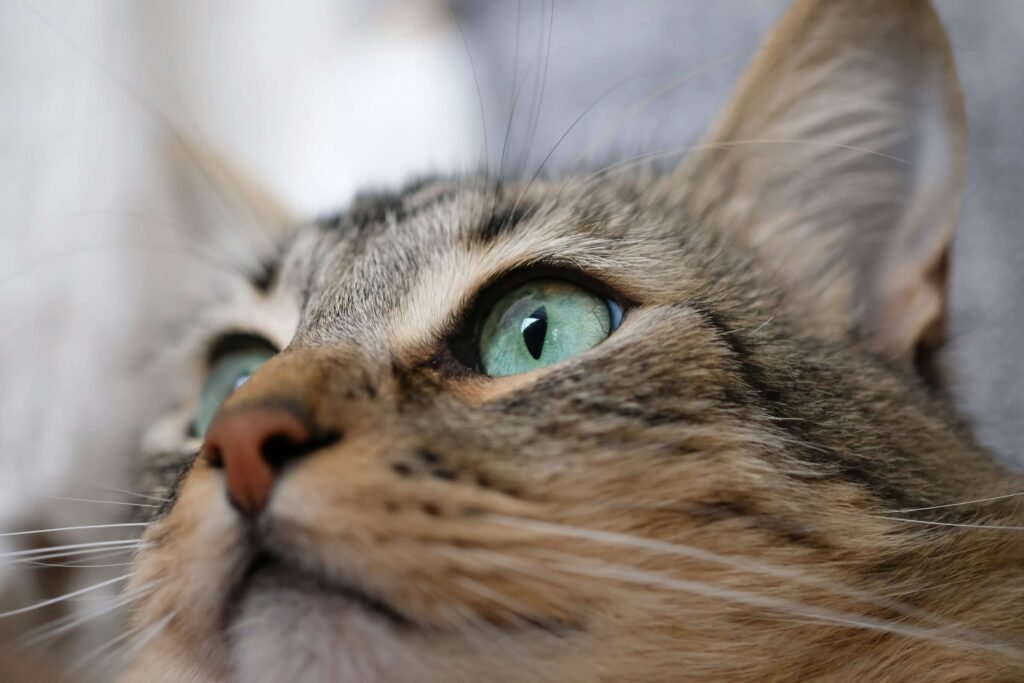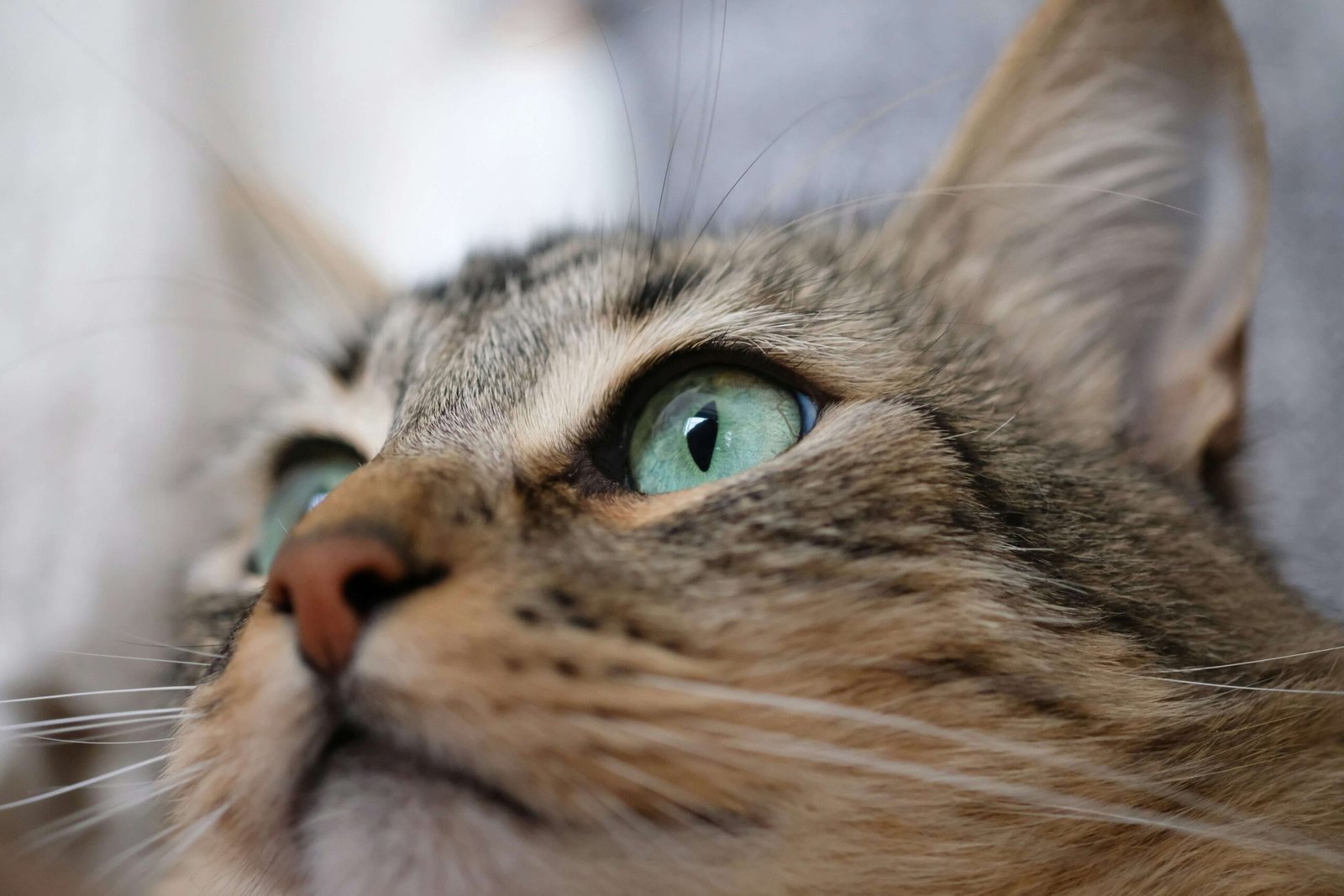Understanding How to Help Your Cat in Heat
Cats are fascinating creatures, but when they go into heat, it can be a challenging time for both you and your furry companion. If you’ve noticed your cat displaying unusual behaviors such as excessive meowing, restlessness, or rubbing against furniture, she might be in heat. This phase is a natural part of her reproductive cycle, but it can cause discomfort and stress if not managed properly. In this blog post, we’ll explore how to help your cat in heat while ensuring her well-being and minimizing disruptions to your household. Whether you’re a seasoned cat owner or new to the world of feline care, these tips will guide you through this delicate period with confidence and compassion.
Recognizing the Signs of a Cat in Heat
It’s essential to identify whether your cat is truly in heat before taking any steps to help her. Here are some common signs to look out for:
Excessive vocalization, often louder and more frequent than usual.
Increased affection, including rubbing against furniture, walls, or people.
Restlessness and pacing around the house.
Rolling on the floor and displaying unusual body movements.
Lifting her hindquarters when touched or approached.
Understanding these signs can help you determine whether your cat is in heat or experiencing another issue. Once you’ve confirmed that she’s in this phase, you can take appropriate steps to support her comfort and health.
Practical Ways to Comfort Your Cat in Heat
Helping your cat feel more comfortable during her heat cycle requires patience and creativity. Below are some practical strategies you can implement:
Provide extra attention and gentle petting to reassure her.
Create a cozy hiding spot where she can retreat if she feels overwhelmed.
Use calming pheromone sprays or diffusers designed for cats.
Engage her in interactive play sessions to distract her from the discomfort.
Ensure she has access to plenty of fresh water to stay hydrated.
By incorporating these measures into your routine, you can make this challenging time easier for both you and your cat. Remember, every cat is unique, so observe her reactions and adjust accordingly.
Check this guide 👉Can a Spayed Cat Go Into Heat? Best 7 Health Tips!
Check this guide 👉How to Stop a Cat in Heat from Meowing: Best 7 Expert Tips!

Signs of a Cat in Heat | Ways to Help Your Cat |
|---|---|
Loud and persistent meowing | Offer extra cuddles and affection |
Restlessness and pacing | Create a quiet, safe space for her |
Rubbing against objects or people | Use calming products like pheromone sprays |
Rolling on the floor | Distract her with toys and playtime |
Lifting her hindquarters | Ensure she stays hydrated with fresh water |
Behavioral Changes to Expect During Heat
When your cat is in heat, her behavior may change significantly. Understanding these shifts can help you respond appropriately:
She may become more clingy and demand constant attention.
Her appetite might decrease temporarily due to hormonal changes.
She could attempt to escape the house in search of a mate.
Her sleep patterns might be disrupted, leading to nighttime activity.
Marking behavior, such as spraying urine, might occur.
While these behaviors can be frustrating, remember that they are temporary. By staying calm and patient, you can navigate this phase with minimal stress for both you and your cat.
Long-Term Solutions for Managing Heat Cycles
If your cat frequently goes into heat, you might consider long-term solutions to prevent future episodes:
Spaying your cat eliminates heat cycles and reduces health risks.
Consult your veterinarian to discuss the best timing for spaying.
Consider adopting a male cat if you want companionship without breeding concerns.
Learn about the benefits of spaying, such as reducing the risk of certain cancers.
Educate yourself on local resources for affordable spaying services.
Taking proactive steps can improve your cat’s quality of life and bring peace to your home. Always consult a professional before making decisions about your pet’s health.
Environmental Adjustments
Creating a calming environment can significantly ease your cat’s discomfort during her heat cycle. Simple changes to her surroundings can make a big difference in how she copes with this challenging time.
Dim the lights or use blackout curtains to create a soothing atmosphere.
Play soft, calming music or white noise to help her relax.
Remove potential stressors like loud appliances or unfamiliar scents.
Keep her routine consistent to provide a sense of stability.
Use blankets or items with your scent to comfort her.
By making these adjustments, you can create a peaceful space that helps your cat feel secure and less anxious. Small changes can go a long way in improving her well-being during this phase.
Dietary Considerations
While your cat is in heat, her appetite may fluctuate, but maintaining proper nutrition is crucial for her health. Here are some ways to support her dietary needs during this time:
Offer smaller, more frequent meals to encourage eating.
Provide high-quality wet food to ensure she stays hydrated.
Avoid sudden dietary changes that could upset her stomach.
Include treats she loves to entice her to eat when her appetite is low.
Monitor her weight and consult your vet if she refuses food for more than a day.
Paying attention to her diet ensures she remains healthy and energized, even when her hormones are causing fluctuations in her eating habits. A balanced approach will keep her strong and comfortable.
Preventing Escapes During Heat
One of the biggest concerns when your cat is in heat is her strong urge to escape and find a mate. Taking precautions can prevent accidents or unwanted pregnancies.
Install window and door locks to eliminate escape routes.
Supervise her closely when she’s outside or in areas with access to exits.
Use a harness and leash for supervised outdoor time.
Block off small spaces where she might hide to prepare for an escape.
Keep her entertained indoors to reduce her desire to roam.
By implementing these measures, you can minimize the risk of her running away and ensure her safety during this vulnerable time. Prevention is key to maintaining a stress-free environment for both you and your cat.
Frequently Asked Questions About Cats in Heat
How long does a cat stay in heat?
A typical heat cycle lasts about 6-10 days, but it can vary depending on the cat.
Can I use medication to stop my cat from going into heat?
While there are medications available, spaying is generally the safest and most effective option.
Is it safe to leave my cat outside when she’s in heat?
No, it’s risky as she might try to escape or attract unwanted attention from male cats.
Will spaying change my cat’s personality?
Spaying usually doesn’t alter personality but may reduce aggressive or restless behaviors.
How often do cats go into heat?
Cats can go into heat multiple times during their breeding season, which typically occurs from spring to fall.
Supporting Your Cat Through Her Heat Cycle
Helping your cat in heat requires understanding, patience, and a willingness to adapt. By recognizing the signs, providing comfort, and considering long-term solutions like spaying, you can ensure her well-being and strengthen your bond. Remember, this phase is temporary, and with the right approach, you can minimize stress for both you and your feline friend. As always, consult your veterinarian for personalized advice tailored to your cat’s needs. Together, you can navigate this challenging time and emerge with a happier, healthier companion.
Cat Fever Treatment: Best 7 Expert Tips! Discover expert advice on identifying, managing, and treating fever in cats to ensure their quick recovery and well-being.
Understanding Meloxicam for Cats: Best 7 Expert Tips! Learn how to safely administer meloxicam, manage side effects, and ensure your cat's comfort with expert advice on feline pain relief.
Amoxicillin for Cat UTI: Best 7 Expert Tips! Discover safe usage, dosage guidelines, and expert advice on treating feline urinary tract infections effectively with amoxicillin.
Understanding Cat Cancer Treatment: Best 7 Expert Tips! Discover expert advice on managing feline cancer, from early detection to treatment options, ensuring your cat’s health and comfort.





